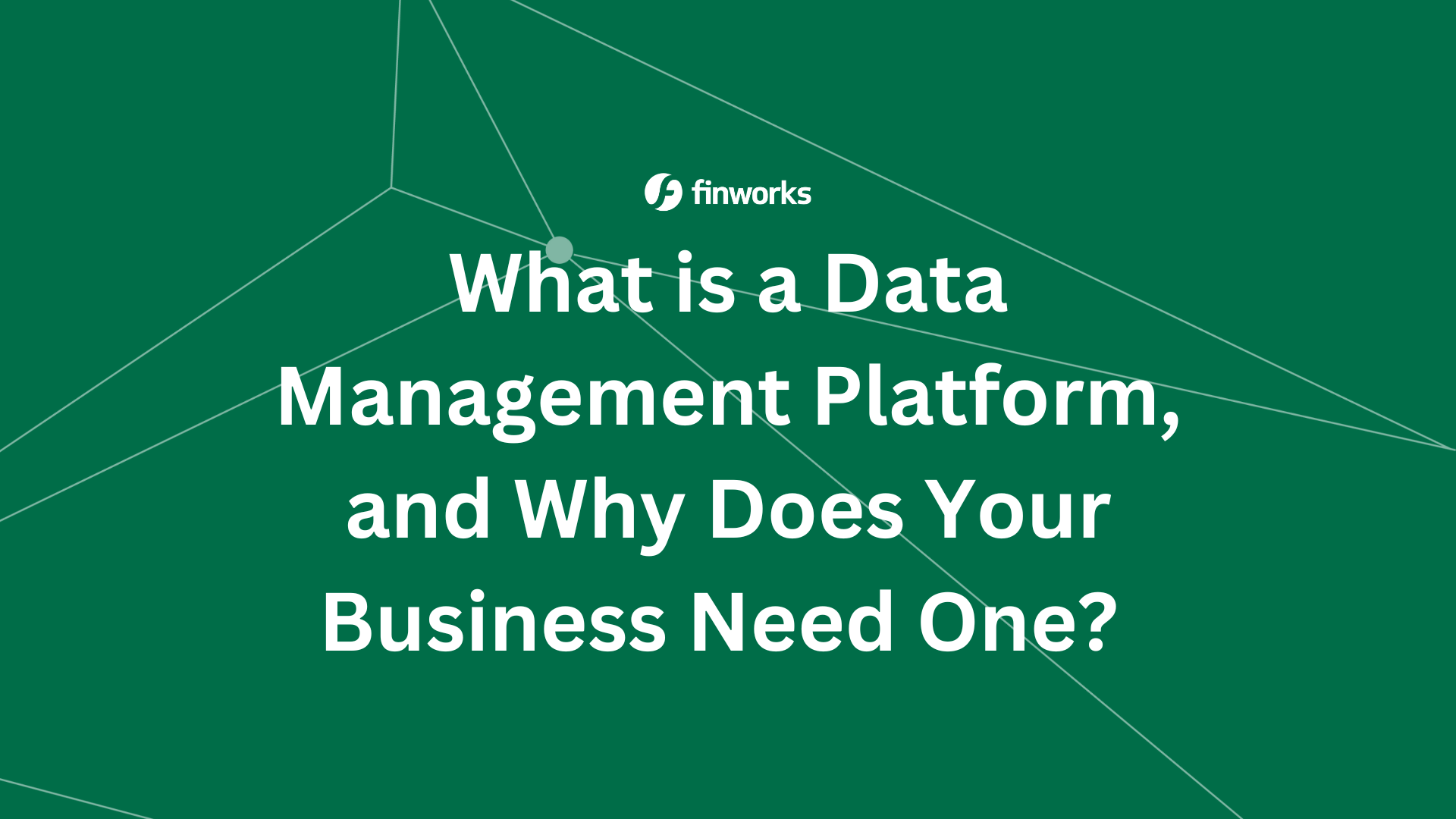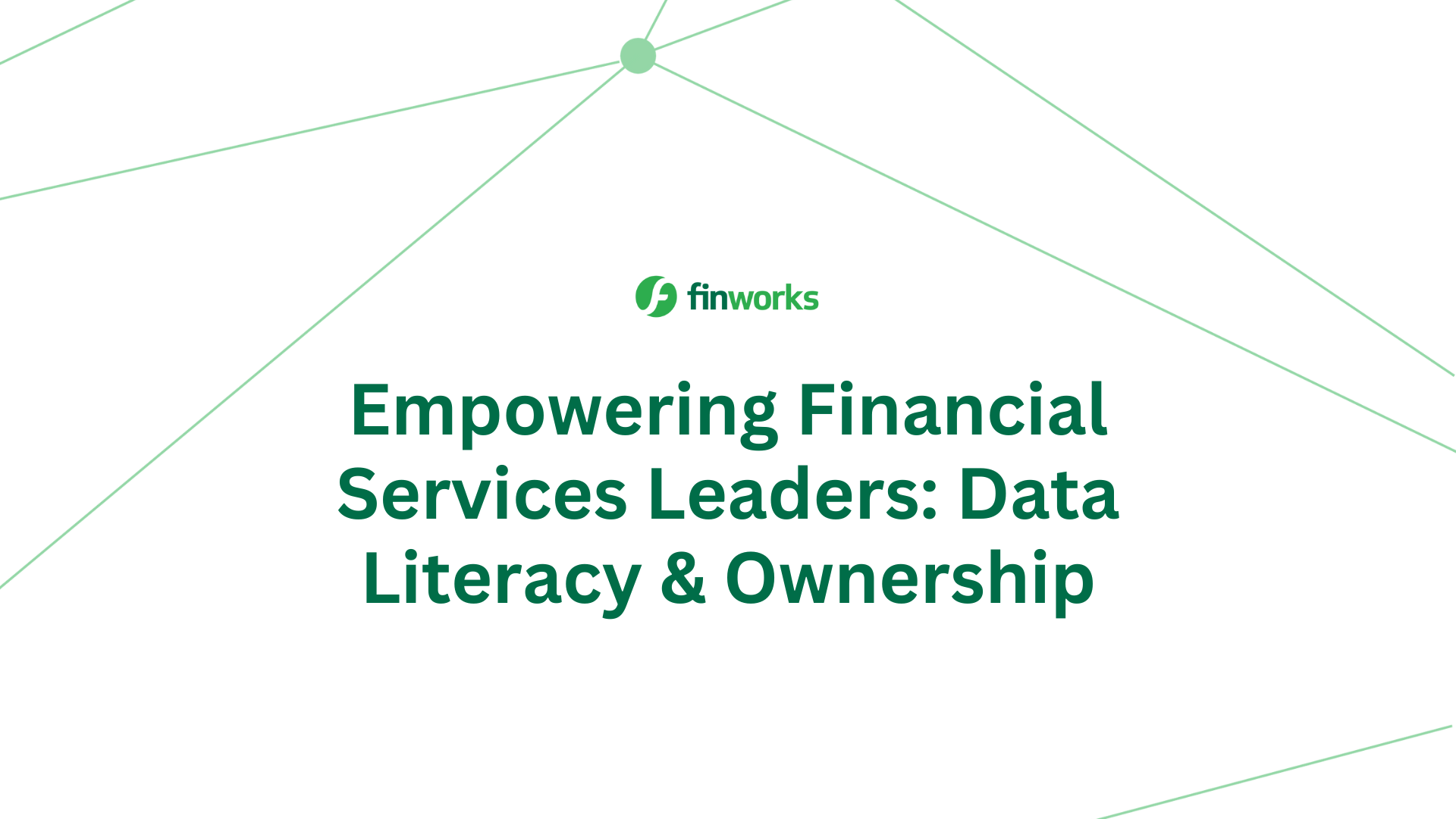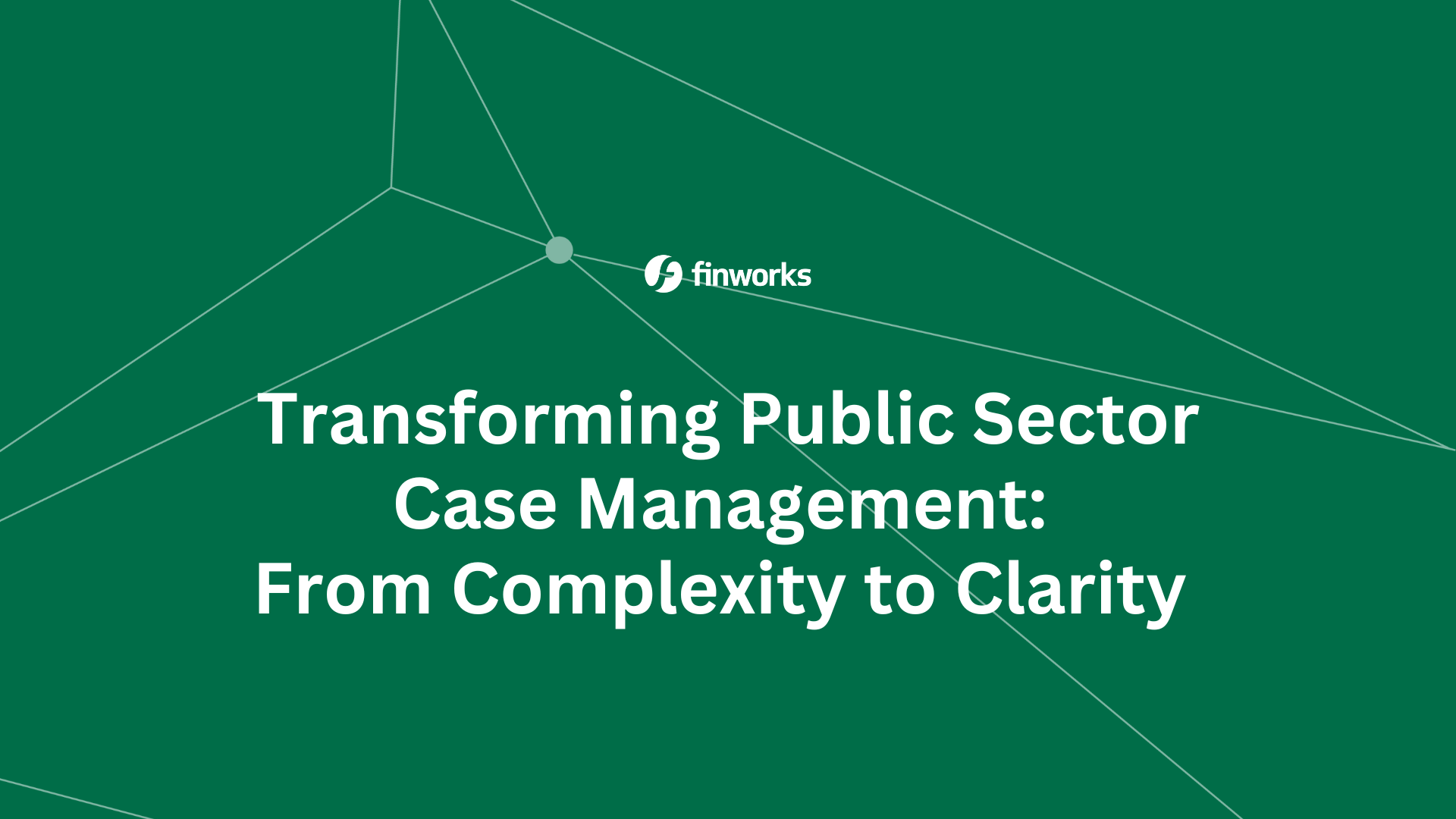What does a data management platform do?
Most businesses rely on data, and data management enables companies to better organise and access information collected across various sources. However, organising that data in a centralised manner can sometimes be difficult. Creating a data management strategy is essential for companies looking to maintain a competitive advantage and improve internal business operations.
Data management platforms make data management more manageable by automating some of the most time-consuming aspects of unifying and reviewing key data. These systems include databases and analytics tools that enable businesses to store and organise important data to meet the overall data needs of an enterprise.
Let's look at a data management platform and some key factors to consider if it's the right and advanced solution for your data-driven needs.
What is a data management platform?
Data management platforms are central hub software solutions for data analysis and management that many businesses use to aggregate, validate, cleanse, enhance, store, and analyse data from multiple sources. Data management platforms assist organisations in making the best use of the massive amounts of data collected by analysing data from multiple sources and for easy onward sharing or analysis.
Some data management platforms function as data warehouses. They collect data from various sources and integrate it into various applications. These data management platforms are essential "pipes" connecting various data tools.
Data management platforms will increasingly incorporate artificial intelligence and machine learning in the future.
Benefits of Data Management Platforms
The advantages of using a data management platform vary depending on your industry and your objectives for using the technology. However, any organisation can benefit from data, and every organisation can benefit from data management platforms. Here are some of the common key benefits you might miss out on if you don't use this technology.
Unifies Data and Brings Down Silos
Data silos obstruct information sharing and collaboration across departments. Data quality frequently suffers due to inconsistencies in data that overlap across silos. When data is siloed, it is difficult for leaders to comprehensively view company data.
Using a data management platform can streamline your data processes. Consolidating all data onto a single platform will make data sharing between departments easier. You will not have to dig through your private records in response to a request; everything will be available to anyone authorised.
Provides Continuous Results
Data management platforms are a continuous reporting solution rather than a one-time solution. As a result, the tools provide data for long-term strategic planning. Such ongoing results identify which strategies are effective for your organisation and which need to be improved.
As a result, the tool can be used for consistent evaluations and improvements to ensure that a company's plans, systems, business processes, products, and services meet the current needs and demands of consumers and markets.
Provides Insights through the Data Management Platform Analytics
Big data analytics and machine learning algorithms are used in data management platforms to collect and analyse data. It has a set of services and features that allow users to run complex queries on huge amounts of data in any format and then analyse, combine, and explore the query results to create meaningful visualisations.
What features should your DMP provide?
A modern data management platform generally requires the use of a Modern Data Architecture (MDA), which specifies how data will be gathered, cleaned, stored, transformed, processed, and made available to users. A data management platform should have the following features:
Power to the User
A modern data management platform puts end users first. Users can carry their own data to the system and develop their own pipeline to ingest, cleanse, analyse, and report on that data rather than being limited to a set of pre-developed data resources and their sources.
Shared, Virtual Data Layer
The virtual data storage layer, which can handle a wide range of data formats and workloads, is at the heart of a modern data platform. For example, the platform can support various data storage formats for operational/transactional databases that support real-time interactions, and data lakes that contain unstructured data, and data warehouses that house structured datasets required for known analytics jobs.
As a result, the storage layer is more of an "abstraction" than other platform components. Users and applications will access it at a low level through a common set of protocols and standards, such as REST APIs. This data will be transparently federated and virtualised in terms of usage, allowing users to share and collaborate on it.
Scalable Data Integration
A data platform relies on ingestion, validation, cleansing, and preparation. A scalable data feature employs pipelines that can handle a variety of scenarios, including batch ingestion from legacy sources via APIs, pub/sub for asynchronous event messages, and stream processing for real-time, high-velocity data.
Highly Configurable Processing
The processing architecture of a modern data platform enables the development and reuse of service-oriented applications. These applications handle domain-specific functions and are frequently built with open-source technologies. In the most advanced cases, the platform can also enable the development of next-generation applications based on artificial intelligence and machine learning in various workspaces.
These pluggable features enable users to seamlessly build their applications from a standard set of integrated components.
End-to-End Governance
A data platform automatically categorises and tags data. This metadata powers a comprehensive data catalogue that users can search for self-service data discovery. The governance model also enables users to assess the quality and sensitivity of data. Finally, data lineage reporting can display a data element's journey through the platform at any time.
Self-Service Analytics
Based on flexible technologies, the analytics layer enables the creation, distribution, and sharing of self-service dashboards, reports, and notebooks. Organisations can use their existing analytics applications by utilising various integration libraries.
Single Security Layer
Finally, a modern data management platform security layer abstracts the access mechanisms of individual applications. For authentication and access, it can use enterprise-wide Identity Provider (IdP) and role-based authorisations. A solid data feature also ensures data security by adhering to regulatory standards.
A Data Management Platform Could be the Business Advantage Needed
Data platforms are critical for understanding, governing, and accessing your organisation's data. In the end, it narrows down to how and what you intend to do with your data. Whether you want to build a big data platform or an operational data platform, Finworks can empower and unlock the potential that your data has been hiding.
Contact us and get solutions to data management and learn how to advance technologies to solve data problems.




